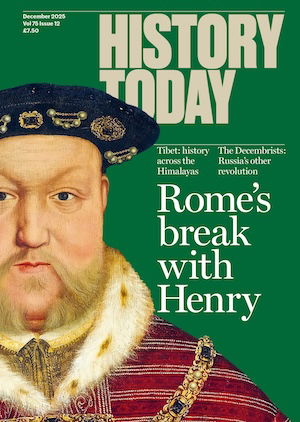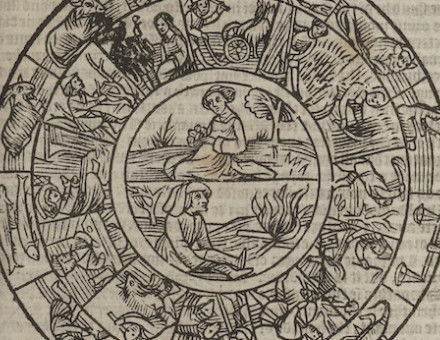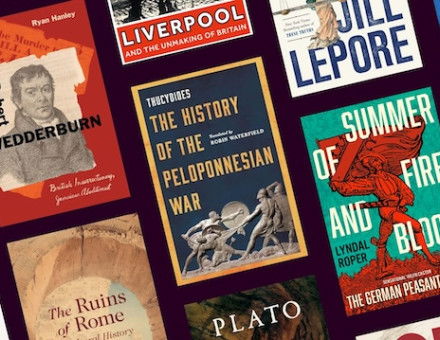Lost Pioneers of Science
Medieval scholars were the first to make the connection between maths and science and anticipated the discovery of inertia long before Newton. So why have their discoveries been forgotten, asks James Hannam.
Historians have never quite shaken off the idea that the medieval era was one of stagnation. As for my own subject of medieval science, it almost sounds like an oxymoron. How could any rational knowledge exist among all that superstition? As Charles Singer wrote of science in the Middle Ages: ‘There is no reason to reverse the decision that in this domain, the period is one of intellectual degradation.’
The story we all learnt at school is that science was invented by the ancient Greeks but then languished until the Renaissance. Medieval people supposedly all thought that the Earth was flat while the Church allegedly banned human dissection and burnt scientists at the stake.





